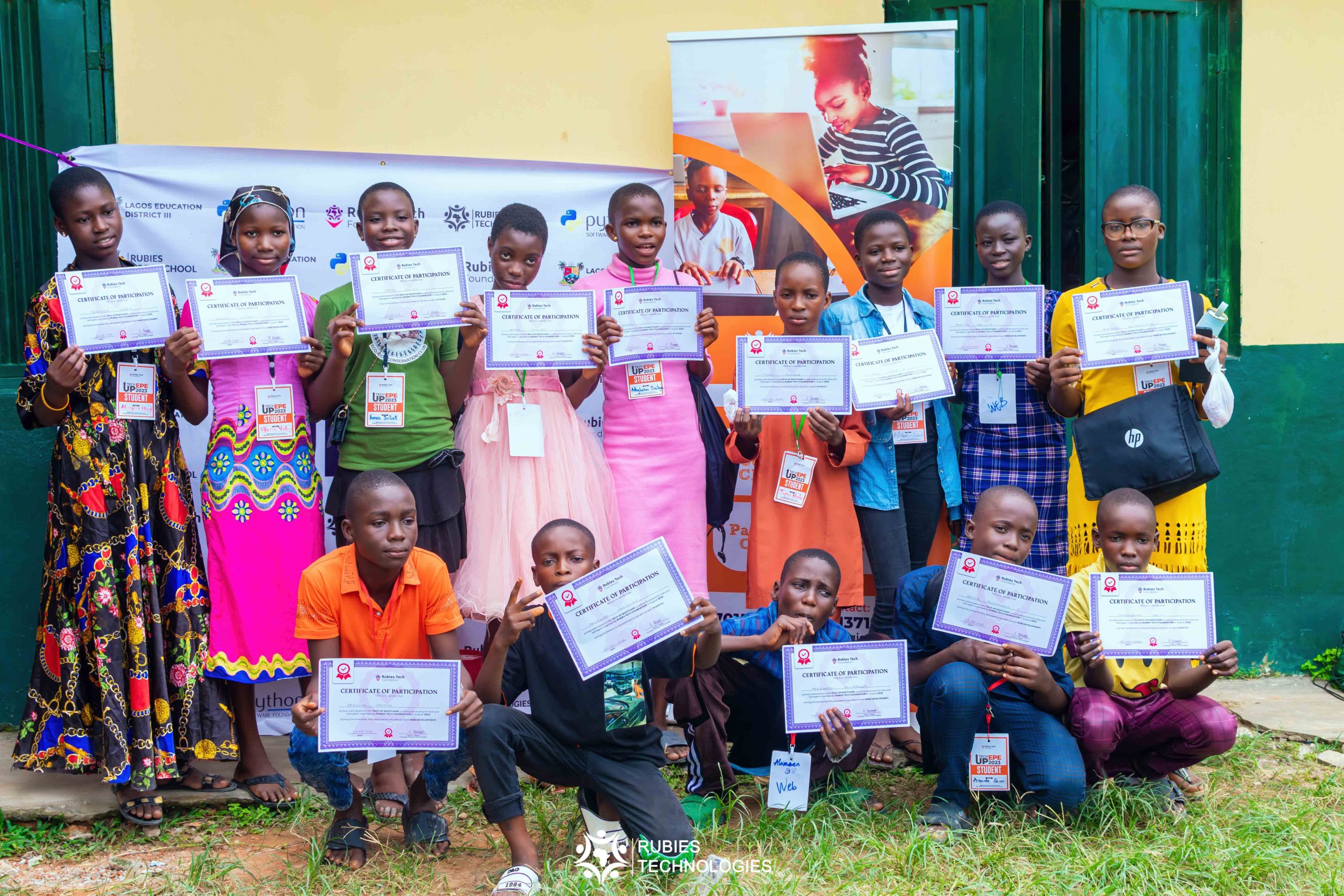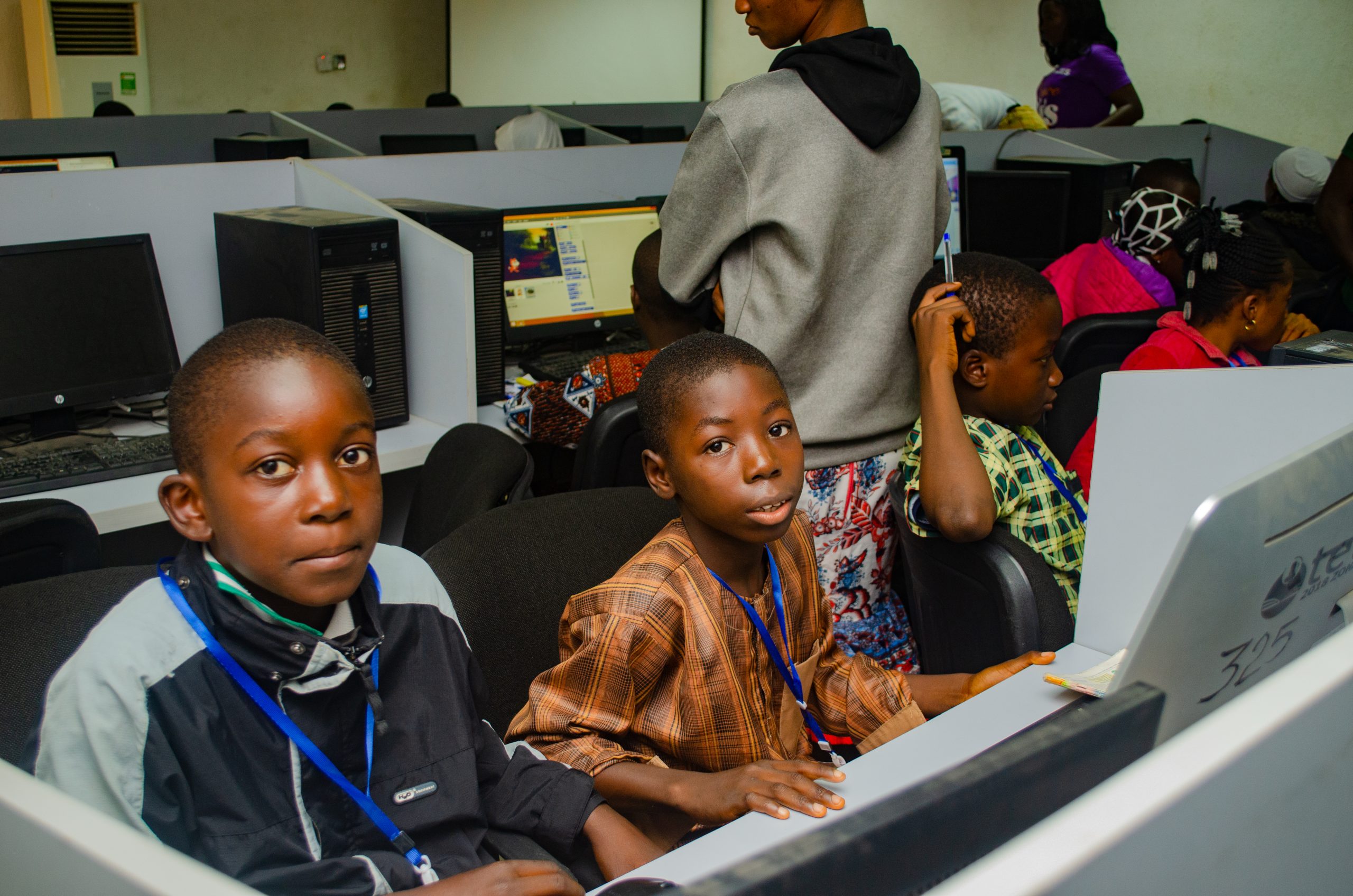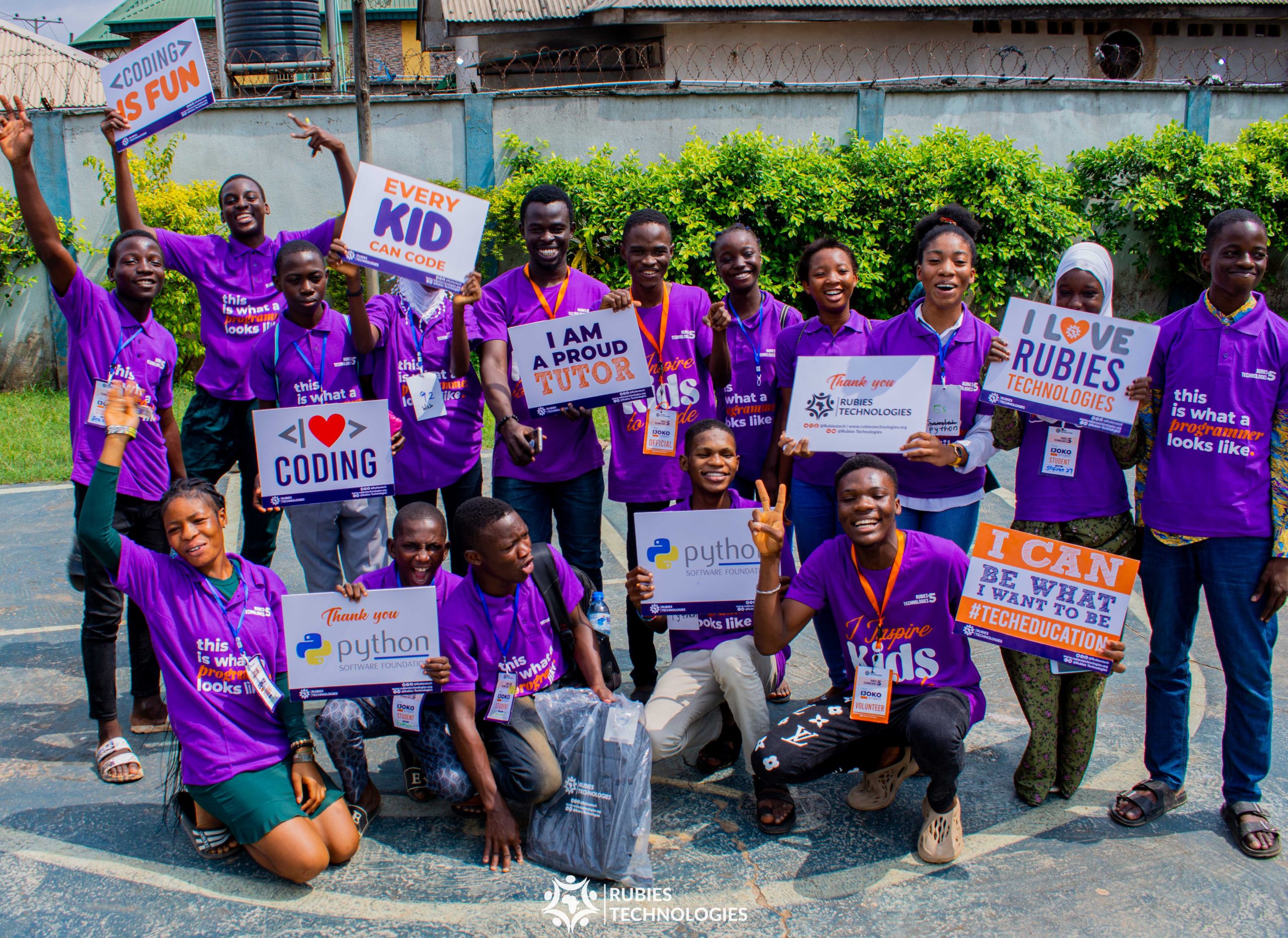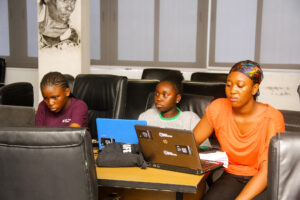In today’s digital age, access to technology and the internet is more essential than ever for children to thrive and succeed. However, many children in rural areas continue to face significant barriers to accessing digital resources and opportunities, creating a digital divide that hinders their educational and future prospects. To address this pressing issue, organizations must collaborate with communities to implement sustainable solutions that bridge the digital gap and empower children in rural areas.
Understanding the Scope of the Issue
According to a report by UNICEF and ITU, two-third of the school-age children worldwide lack internet access at home i.e. about 1.3 billion children aged 3 – 17, with the majority of these children residing in rural and underserved areas. According to the United Nations Children’s Fund (UNICEF) and International Telecommunications Union (ITU), the rate of children and young people with internet access at home is 13% in Easten and Southern Africa, 5% in West and Central Africa, and 25% in the Middle East and Northern Africa. This lack of access not only limits children’s educational opportunities but also widens existing inequalities in society.
Partnering for Change
Organizations play a crucial role in bridging the digital divide by partnering with communities to implement targeted initiatives that address the specific needs of children in rural areas. Here are some key strategies for organizations to consider:
- Community Needs Assessment: Conducting a thorough needs assessment in collaboration with the community to identify key challenges and opportunities for digital inclusion.
- Infrastructure Development: Investing in digital infrastructure such as community centers with internet access and expanding broadband coverage to underserved areas.
- Digital Literacy Programs: Providing digital literacy training for children and parents to build essential skills for navigating the digital world.
- Access to Devices: Ensuring that children have access to devices such as laptops, tablets, and smartphones through donation drives or partnerships with tech companies.
- Collaboration with Schools: Integrating technology into the curriculum and providing teachers with training on how to effectively use digital tools in the classroom.
- Community Engagement: Involving community members in decision-making processes to ensure that initiatives are culturally appropriate and sustainable in the long term.
A Case Study: How Rubies Technologies Made Strategic Impact Through Ijoko Project and Tech Up
Rubies Technologies, a company at the forefront of equipping African youths with digital skills, celebrated its 5th anniversary by organizing a week-long coding bootcamp called “Ijoko Project.” Held from August 15th to 22nd, 2022, the initiative aimed to empower young minds and bridge the digital literacy gap for students aged 8 to 18.
The bootcamp provided a comprehensive introduction to the exciting world of technology. Participants delved into Robotics, Scratch Programming, Python (an in-demand language), and even gained exposure to Web Development. This immersive experience sparked creativity and laid a strong foundation for the young minds to thrive in the ever-evolving technological landscape.
Building on the success of the Ijoko Project, Rubies Technologies continued its commitment to giving back to society through tech education. In 2023, they held another bootcamp, “Tech Up,” in Epe and Ogbomosho. This program exemplifies their mission to equip African children with the digital knowledge they need to be globally relevant.



Driving Change Through Collaboration
By partnering with communities, organizations can create meaningful and lasting change that empowers children in rural areas to thrive in a digital world. Together, we can bridge the digital divide and ensure that all children have equal access to the opportunities that technology can provide. Through monitoring and evaluation of digital inclusion programs, organizations can track their impact and make informed decisions for continuous improvement.
As we work towards a more equitable and inclusive society, it is essential that we prioritize bridging the digital divide among children in rural areas. By coming together and leveraging our resources and expertise, we can create a brighter future for all children, regardless of their geographic location. Let’s join hands and empower the next generation to succeed in the digital age.
Written: Stephen Afape



